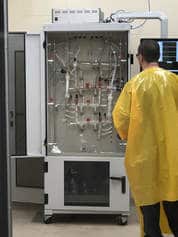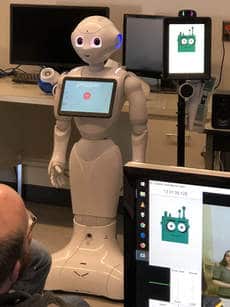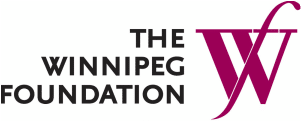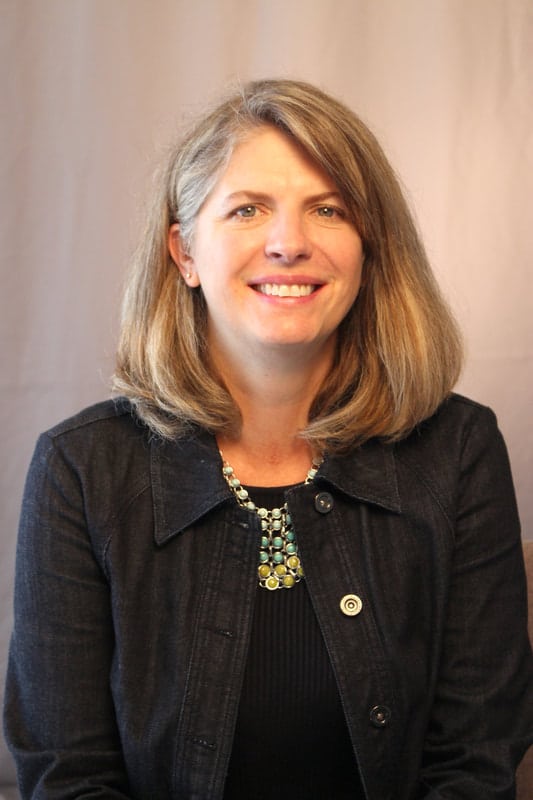- What 3 words first come to mind when we think of the University of Manitoba?
- What is our impression of the University’s student experience, its leadership role in research, and its role in our community?
Many of the Leadership Winnipeg participants are U of M Alumni, including myself. For some, it’s been a while since graduation. I was intrigued to see how our impressions might shift after a day up close and behind the scenes.
“You start leading long before you get a title.” Erica Jung
The session began with Dr. David Barnard, President and Vice-Chancellor at the U of M, who launched a panel discussion by stressing that leadership can be taught. Developing leaders through education is a prime goal at the university.
Erica Jung, Associate Director, Centre for the Advancement of Teaching and Learning, further expanded on how her team works with university teaching staff to shape future leaders, helping them to develop their thinking through deeper exploration of topics and social issues.
A university acts as an anchor for an economically vibrant city by training highly qualified people and helping them develop critical thinking skills. Research expenditures are an investment in the future of society and the economy. Dr. Digvir Jayas, Vice-President (Research and International), stressed that businesses continue to grow because of ongoing research and without it they are likely to atrophy. The top 15 universities in Canada conduct 85% of the research. The University of Manitoba is among the U15 making it very attractive for future students, faculty and industry.
The University also takes a leadership role in reconciliation. Dr. Wanda Wuttunee, Professor, Department of Native Studies, discussed the continued focus to develop Indigenous education programs at the university.
Dr. Rotimi Aluko, conducted a tour of the Richardson Centre for Functional Foods and Nutraceuticals, where we were introduced to top facilities for researching, testing and manufacturing food and nutraceutical products. Nutraceuticals are foods containing health-giving additives with medicinal benefits such as supplements.
If you have a recipe for a new supplement you can create it, test it, manufacture the powder and tablets, coat them to make them easier to swallow, bottle, label and package them. All in the same facility.
If you need an audience to taste test your creation, the Centre’s kitchen and lab enables recipes to be tested by humans, or you can use the facility’s artificial stomach, tongue and nose. Seeing the machines that take the place of our natural human taste testers piqued my curiosity. I had never thought about this part of the process and was surprised to see these artificial culinary aficionados.
During lunch we were engaged by a panel who lead some of the University’s many outreach programs:
- Indigenous Business Education Partners – promote Indigenous inclusion at the university to support success of this student population.
- Rec and Read – a culturally based community sport program for Indigenous youth in various communities who, through after school programs, promote positive nutrition, physical activity, education and mentoring.
- WISE Kid-Netic Energy – a community outreach program offered by the Faculty of Engineering that helps kids get a hands-on experience of science-related courses and topics through educational sample offerings. Because there are fewer females in these vocations, the program encourages girls to engage in science and engineering activities through hands on time in workshops and through camp programs.
On our tour of the Lab we were introduced to graduate students and one of their human-like robot companions, Peggy. Although Peggy was not fully running through a program, she seemed completely aware that we were in the room. If we ignored her too long, she’d pipe up with a cheerful “Hi!”, which made a few of us jump.
Our student hosts showed us how progressive robotic research is at the U of M and helped us think of how robots can enhance our lives, freeing up humans to do more creative work or work that requires interpersonal soft skills. Imagine Peggy being your information guide in a shopping mall helping you find the right store or product, or working with autistic children in a teaching capacity.
At the end of our day John Kearsey met with us again to engage our group in thoughtful conversation around the University and its prominent role in our province. He asked us the same questions he had at the start of our day. What is our impression of the University now that we’ve had a behind the scenes view? And what three words first come to mind when we think of the University of Manitoba?
From the time we set our feet on university soil to the end of our information-filled day we were indeed moved from seeing the University as a ‘Big’ ‘Educational’ ‘Institution’ (our earlier top three words) to a place of ‘Community’ where ‘Research’ and ‘Innovation’ are front and centre (our top three by the end of the day).
It was an insightful day giving us all greater awareness of the University of Manitoba’s impact on our city, our province and the global stage.












